Jack Herer Feminized seeds were high on our priority list, and during this cultivation cycle, we document the important details and specific conditions used to achieve a successful harvest. Our grow report covers many unique aspects like morphology, flowering duration, and profile. In the end, we take our finished flower for THC testing too.
Flowering stage: 70 days
Total time, seed to harvest: 91 days
Final yield: 80 grams
THC content: 26.92%
Jack Herer Feminized seeds (also available in regular seeds) were created to honour a legend in cannabis history. Jack Herer is widely known as a cannabis advocate and author of The Emperor Wears No Clothes. In the 1980s, Sensi Seeds created what is known as Jack Herer by combining genetics from a Haze, Northern Lights #5, and Shiva Skunk.
Our indoor garden featured white walls to reflect and diffuse light onto the plants. We circulated air through our growing space using multiple fans strategically positioned above and below the canopy level, increasing airflow and removing unwanted stagnant air. Air was drawn into the growing area by the inline fan and pulled through a carbon filter to provide a layer of odour control.
We used a 1000W Green Power Phillips HPS light with a reflector. The light was mounted in a fixed position roughly 300 cm above the soil line. The soil of choice was BAC Lava Mix, supplemented by Bio Grow and Bio Flower nutrients throughout the different life stages of our Jack Herer Feminized.
Environmental conditions during the grow were closely watched. Keeping your plants in the right environment helps produce the best yields possible. Temperatures were maintained at 23°C during the lights-on period and 21°C when the lights were off.
For the vegetative period, lights were run 18 hours on / 6 hours off schedule. For the flowering cycle, lights were switched to 12/12. Our humidity levels in the grow room were steady at 65% for the vegetative period and then reduced slowly during the flowering stage.
Germination & seedling
We placed our Jack Herer Feminized seeds into pre-moistened jiffy cubes, with the pointed side of the seed facing down. Within a few days, we saw the seed hull cresting the top of our jiffy pellet. As the seed emerged from the hole, it shed the husk to reveal the bright green cotyledon leaves, supplying the young plant with roughly a week’s worth of nutrients to grow.
The Jack Herer Feminized seed was left in the jiffy pellet for a few days until we saw roots coming out of the bottom and side walls of the pellet. It was then time for us to transplant this into a 1-litre container.
Vegetation
To start week one, we transplanted our Jack Herer Feminized seedling into the soil. We delicately covered the long roots it had grown in the jiffy pellet, leaving the cotyledon just above the soil line. We subsequently gave our plant 100 ml of water, which was pH adjusted to a level of 6.2 and applied directly at the base of the stem,
Infestation of plant-damaging bugs can ruin a grower’s hard work in little time. Throughout the grow cycle, we will proactively release beneficial insects to reduce the likelihood of that happening. These predators hunt and eat certain undesirable insects. This time, we dispersed a satchel of Hypoaspis Miles, which helped control fungus gnats and thrip pupae.
At the beginning of week two, we noticed the roots peaking from the drain holes in the bottom of our plant. This indicated good vigour from our Jack Herer Feminized, and we made the decision to transplant it into a larger, 5-litre container where it would remain for the remainder of the cultivation cycle. We continued to give our plant 100 ml of water applied around the base of the stem when needed.
To help encourage a strong main stem and branches, we kept a light breeze on our seedling. This forces the cell walls to build more robust layers to sustain the wind force. Another technique we used to strengthen our Jack Herer Feminized was to turn each plant 1/2 turn each night. Not all of our plants were directly under the light, so turning them forces them to readjust to the light’s position, which also builds thicker cell walls.
Week three recorded good vertical growth of our Jack Herer Feminized. Given the biomass above the soil, we ascertained that the root system was developing simultaneously. We added a nutrient solution to our water each time we feed the plant. The Bio Grow nutrients were combined with the water, and the EC and pH were checked before applying them to the soil. The desired EC was 1.6, and the pH remained constant at 6.2.
In a continued effort to keep unwanted critters away, we released two more types of beneficial insects. We hung sachets of Amblyseius Cucumeris and Amblyseius Californicus at the base of our Jack Herer Feminized. The first is a predator of thrip larvae, and the latter is a hunter of the dreaded two-spotted spider mite. So far, we have not seen any external pest pressure in the garden, which means our IPM program is adequate.
Flowering
Although our plant was 19 cm tall at the start of week four, we decided to change the light schedule and initiate the flowering cycle. This is done by adjusting the light schedule to 12/12, giving our Jack Herer Feminized equal amounts of light and darkness per day. Our plant had a good amount of lateral branching, and each branch had large, broad, green leaves, which were busy photosynthesising light into essential sugars to support growth.
We also flushed the soil using 1500 ml of pure water. Flushing is meant to remove built-up salts that have accumulated in the soil from regular feeding. Because of the large volume of water, most water runs through the medium, helping to remove impurities.
Staying vigilant against the potential for pest invasions, we released another sachet of Hypoaspis Miles to combat fungus gnats and thrip pupae. We know that during the early flowering stage, also known as “the stretch period”, our Jack Herer Feminized would continue its vertical growth before slowing to focus on biomass.
Week five saw an increase of 13 cm from the week before, and due to the increased root development, we started giving our Jack Herer Feminized 200 ml of solution. We adjusted the amount of nutrients slightly, and the final EC before applying to the plant was an EC of 1.7.
We had not yet defoliated any large fan leaves, and we preferred to keep them on to harness and convert the light intensity into energy to sustain plant growth. Some of the lower branches were focusing their growth outwards to avoid the shade of the leaves above. As we were entering the phase of bud development, we reduced the humidity in the grow area to an even 60% RH.
In week six, we saw the initial pre-flower development, indicated by the stigmas forming at the base of each node and at the tips of each branch. The Jack Herer Feminized seeds will only produce female plants, which is beneficial for many reasons. It maximises space in the garden by filling it with only female plants. There are no males that would need to be identified and removed. Another quality trait of this strain which removes the guesswork for new growers.
We again adjusted the level of nutrients in our solution. This time we adjusted the feeding solution to an EC of 1.8. Each feeding from here until the final flush will be at an EC of 1.8 and a pH of 6.2. The volume of the solution was also increased to 350 ml per day.
Staying on top of our IPM procedures in week seven, we released more sachets of Amblyseius Cucumeris to battle potential thrip larvae and Amblyseius Californicus to eradicate any two-spotted spider mites that may be lurking in the garden. The sachets were placed at the base of the plant, allowing the insects to patrol the soil and the plant.
Week eight saw the most significant week-over-week increase in vertical height. The Jack Herer Feminized grew 20 cm from the previous week and now stood 77 cm above the soil. Our plant has more than doubled in height since initiating the flowering cycle, which is something to consider for growing spaces with limited ceiling height.
We started the week with a pure water flush and poured 1500 ml of pure water over the entire soil surface. The excess nutrients in the soil were washed out of the bottom into our drainage pans below, and we resumed watering with our feed solution for the remainder of the week. Always remember, It is essential to collect and remove this water, do not let your roots sit in the stagnant, high EC water that has been flushed from the plant.
Once that was complete, our final round of beneficial insects were deployed, and we hung one more sachet of Hypoaspis miles on the lower branches.
Vertical growth continued in week nine, but we noticed more of a shift to bud production. Our Jack Herer Feminized now had little puffs of stigmas emerging from the bracts at each of the nodes and branch tips. Trichome formation was also starting to materialize into a generous layer of glistening heads on the flowers and surrounding leaves. The watering volume was increased to 400 ml, and the room humidity was reduced to 58%.
Our plant maintained a healthy dark green leaf colour. The leaves had narrow fingers with sharp, serrated edges, holding true to its predominantly sativa genetic background. The apical cola had grown past the rest of the canopy, giving it full, unobstructed light from every angle. Lower branches reached a uniform height and created a dense canopy of blossoming flowers not too far below.
We started week ten by flushing the soil, as it had been a few weeks since our last flush, and our feeding schedule had increased. After completing that task on the first day of the week, we resumed our regular feeding schedule.
Jack Herer Feminized was really starting to increase its bud mass. The little buds from the week before were now growing into each other, forming large colas, not only on the apical meristem, but each branch tip was being weighed down by the burgeoning bud mass. The trichome coverage also increased dramatically, and the plant began to emit a citrusy scent.
In week eleven, we increased the feeding volume to 500 ml per day. Our Jack Herer Feminized was getting close to the end, but we could tell they were a few weeks left by looking at the flower development. The bracts had begun to swell and were stacking up on themselves. However, this only manifested on the upper flowers, not the entire plant.
A few stigmas had begun to turn brown, which triggered us to check the trichomes for ripeness. The goal is to have mainly milky trichome heads, with a few amber and clear heads at harvest time. We saw the milky heads and a decent number of clear heads, but it looked like our Jack Herer needed more time to mature.
At the start of week twelve, we again inspected the trichome heads. Along with the milky, we saw a closer ratio of clear and amber heads. Our Jack Herer Feminized was entering the final two weeks, and we decided to cut out all nutrients in our feed. From this point forward, we regularly flushed, using pure water to remove any excess nutrients in the soil.
The flushing process helps achieve a better-tasting flower with increased burnability. Many of the stigmas were now a reddish-orange and had retreated into the trichome-covered bracts. It was pleasant seeing how well our Jack Herer Feminized maintained its healthy green colour throughout the foliage and the flowers.
Week thirteen was the final week for our Jack Herer Feminized. She had grown to 95 cm. All of the final energy went into flower production, which we were now getting to appreciate fully. The grow room had a wonderful aroma upon entering, and the flowers sparkled under the high intensity lighting.
We continued to flush the soil this week using 1500 ml of pure water. There was not much noticeable size gained in this last week, but the aroma grew more potent, and, in all likelihood, the plant was making its final push for increasing cannabinoid levels within the trichome heads. It had been 91 days since we put the seed in the soil, and now our Jack Herer Feminized was ready to be harvested.
Harvest
Before our Jack Herer Feminized was cut down, we removed the large fan leaves. Removing this unwanted biomass helps removes the extra moisture contained within. We take care in maintaining the environmental conditions to achieve proper drying times and to ensure a good taste. If the buds are kept too wet, mould could occur during drying. If they dry too fast, the flowers will taste like hay.
We cut the Jack Herer Feminized at the base of the stalk using large clippers. We then brought it to our drying area, which was controlled at 15.5°C and 60% humidity. The plant was hung whole, upside down in the dark room. We kept a light breeze moving around the plant but took caution not to blow directly on the plant, as the excessive wind can cause the plant to dry prematurely.
After 18 days, our flowers were ready to be trimmed and placed into jars. We made this determination by feeling the buds to gauge their moisture content. The outside was slightly crispy, but the inner part still contained moisture, and the buds had a spongy feel when squeezed gently.
We removed the large leaves before drying, which left only a sparse amount of leaf tips protruding from the flowers. This made trimming our Jack Herer Feminized easy and fast. Once the flowers were trimmed, we placed them into glass mason jars to cure, which helped preserve the cannabinoid and terpene profiles.
Curing is the final stage of moving the moisture from the centre of the bud outward to create an even dryness throughout the cannabis flowers. For the first 24 hours in jars, we left the lids off to allow the combined moisture of the flowers inside to escape. Throughout the next two weeks, we burped the jars for an hour several times daily. Then for the following four weeks, we opened our jars of Jack Herer Feminized buds for half an hour daily.
The pungent aroma increased each time we opened the jars and was a natural indication that our cure was going successfully. After four weeks, flowers were moved to the CVault, which maintains the ideal 62% humidity.
Our Jack Herer Feminized looked and smelled spectacular, so we kept a little for ourselves before a sample was sent to a third-party laboratory for cannabinoid testing. The lab results showed our Jack Herer Feminized to have an extraordinary THC content of 26.92%!
Terpene profile
Terpinolene, caryophyllene, and myrcene are the dominant terpenes in our Jack Herer Feminized. The abundance of terpinolene in the terpene profile can be recognisable by the fresh, citrusy scent filling the air each time our jars were opened. Behind that fragrance lies a hint of fresh pine, reminiscent of a walk through a lush pine forest.
After inhalation, the influence of caryophyllene can be identified by the harsh peppery notes that cling to the back of your taste buds. Myrcene is a common terpene found in cannabis, and in the Jack Herer Feminized, it imparts the earthy aroma that ties citrus and spice together.
The flavour of our Jack Herer Feminized took on less of a citrusy-forward profile and presented one more grounded with notes of earthiness and spice. Sitting on top of those flavours was a general sweetness with floral notes and a refreshing touch of pine. Balancing those were the flavours of cinnamon and spice, a complex taste worthy of representing the Jack Herer name.
Effects from Jack Herer Feminized are immediate, offering a mellow high that begins as cerebral high and transitions to the body. Thoughts stop racing around the head, relieving stress and increasing concentration. The mentally calming effects soon work their way down the body, instilling a sense of relaxation from head to toe.
The outcome
Jack Herer Feminized produced an exceptional yield in just 91 days from seed to harvest. The plant grew naturally, not needing any training techniques or defoliation.
Following the basic dosage recommendations, the feeding schedule was simple, and the plant showed vigorous growth without signs of excess nutrients burning the leaf tips. Even the trimming was quick, thanks to the high bract-to-leaf ratio.
Overall, Jack Herer Feminized was an easy plant to grow, and growers of all levels can feel confident in their ability to plant, grow, and harvest high-quality buds from this strain. Altogether, we harvested 80 grams of dried flower from our Jack Herer. The flower was both aromatic and flavourful, with an impressive THC content of 26.92%. Jack Herer Feminized is a low-maintenance strain and an ideal addition to any garden!
We would love to hear your feedback about this grow diary, and if you have had experience growing Jack Herer, let us know in the comments below, and be on the lookout for more grow reports soon. Happy gardening!
- Disclaimer:Laws and regulations regarding cannabis cultivation differ from country to country. Sensi Seeds therefore strongly advises you to check your local laws and regulations. Do not act in conflict with the law.







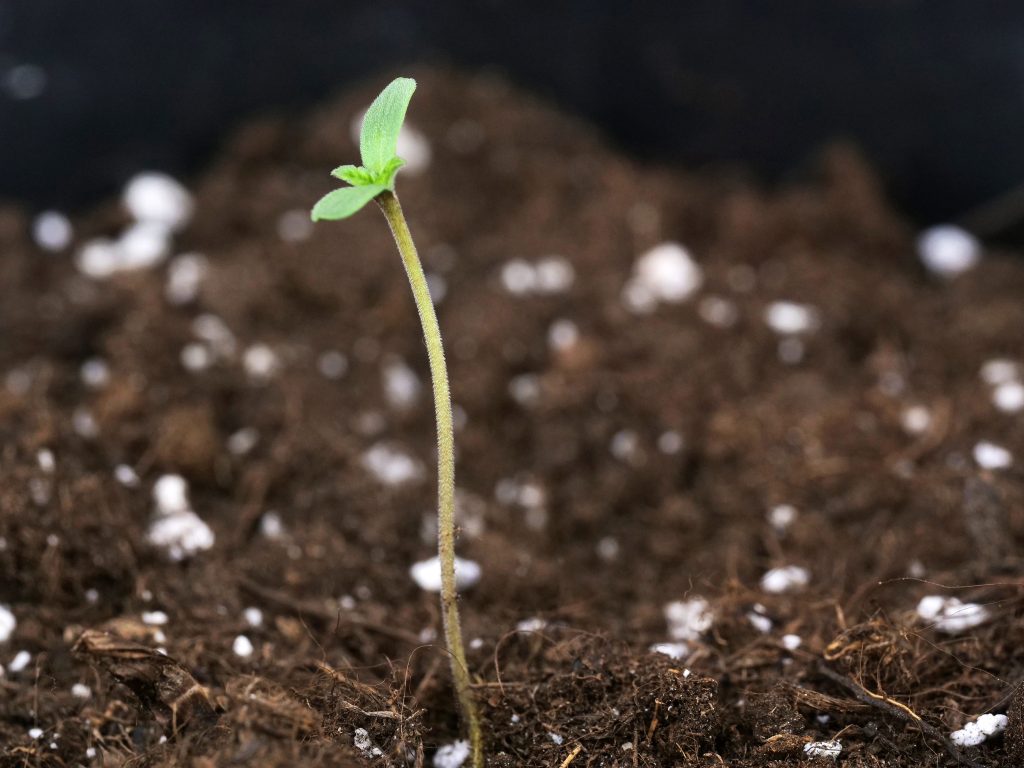
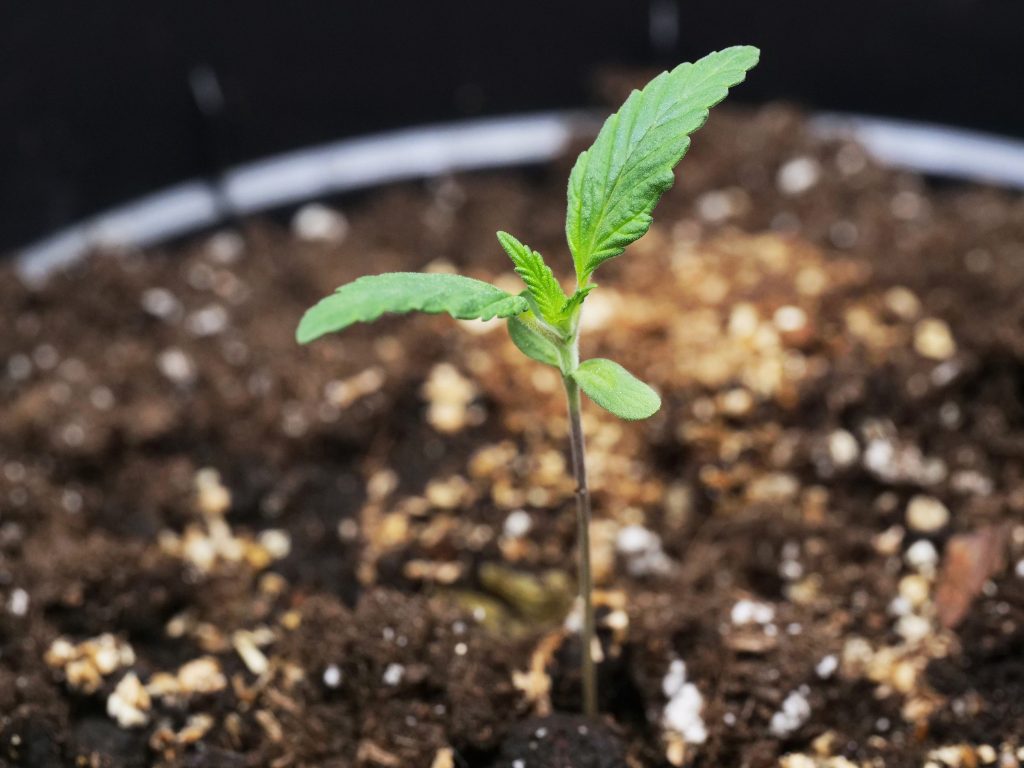
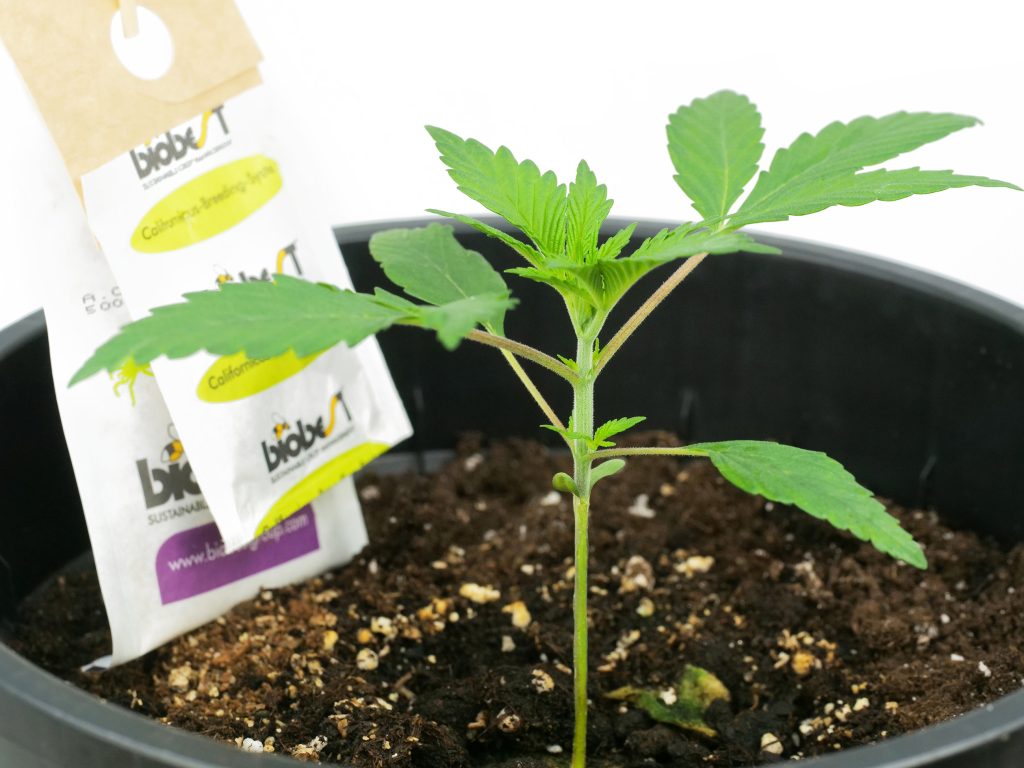



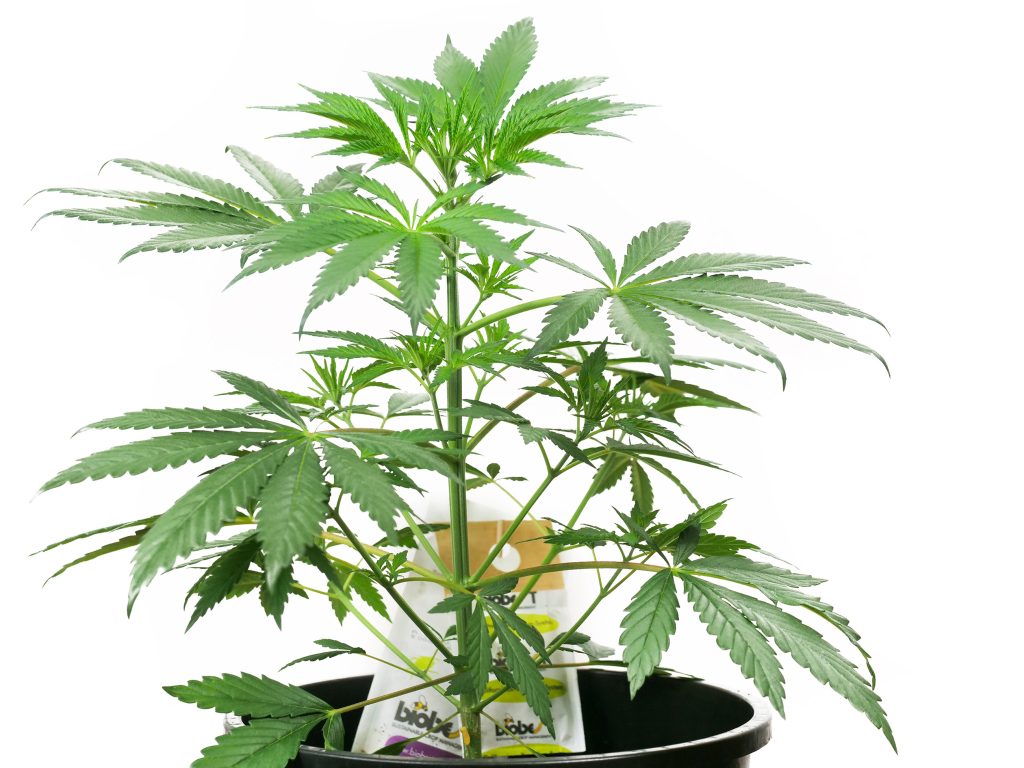
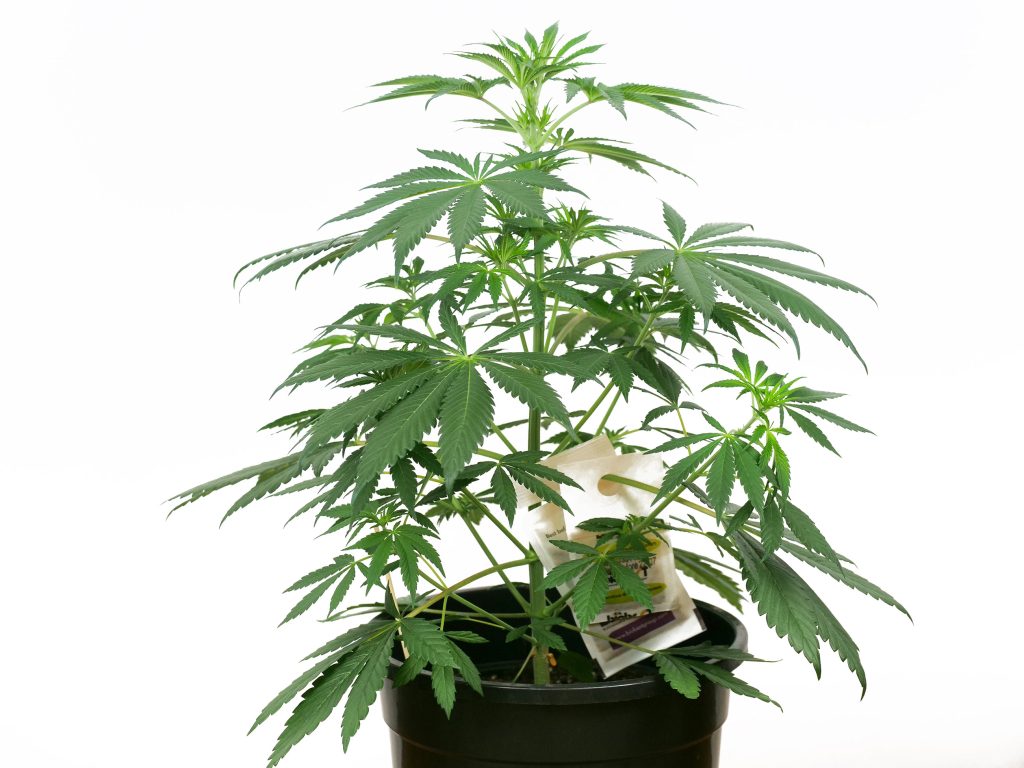
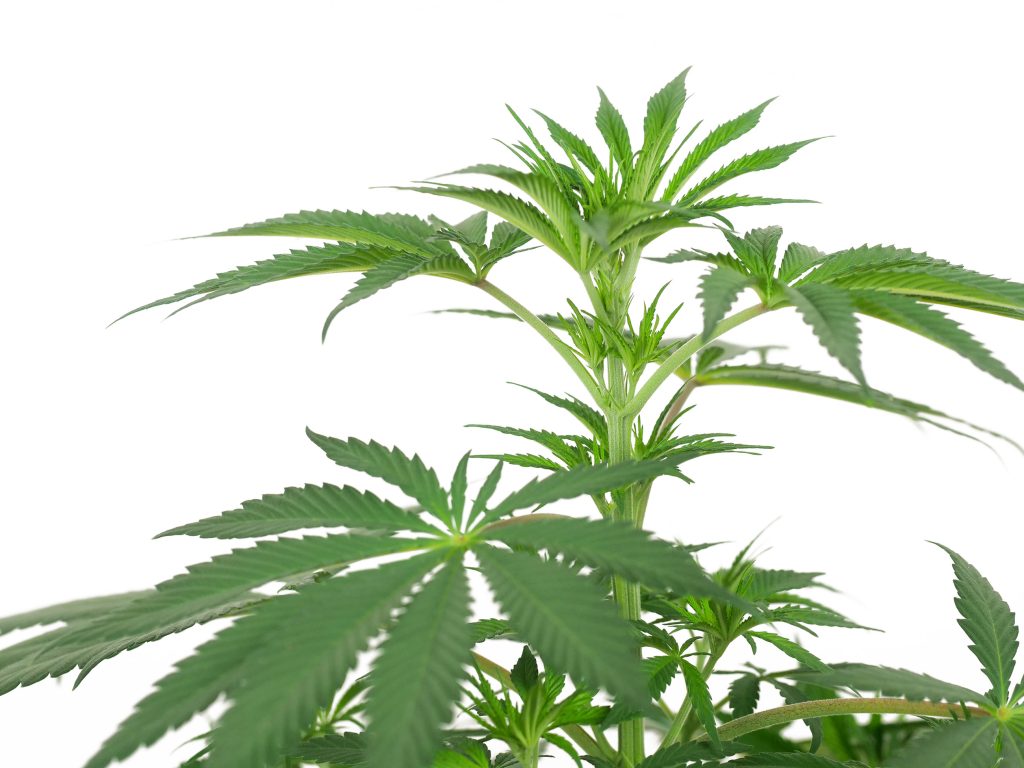
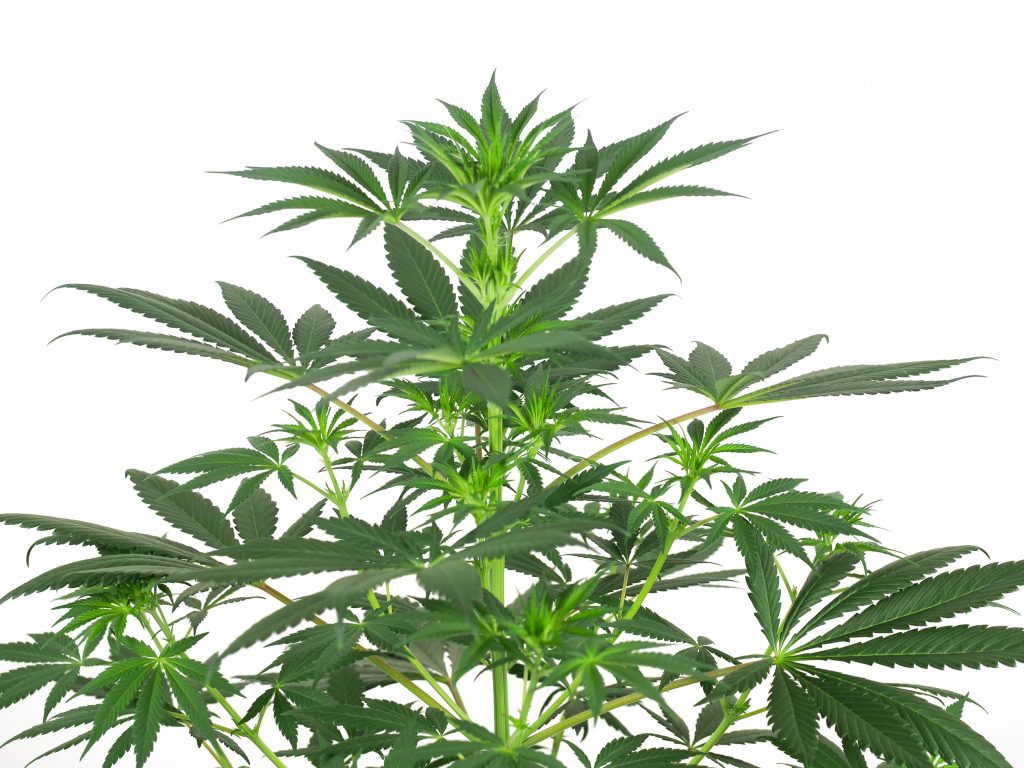


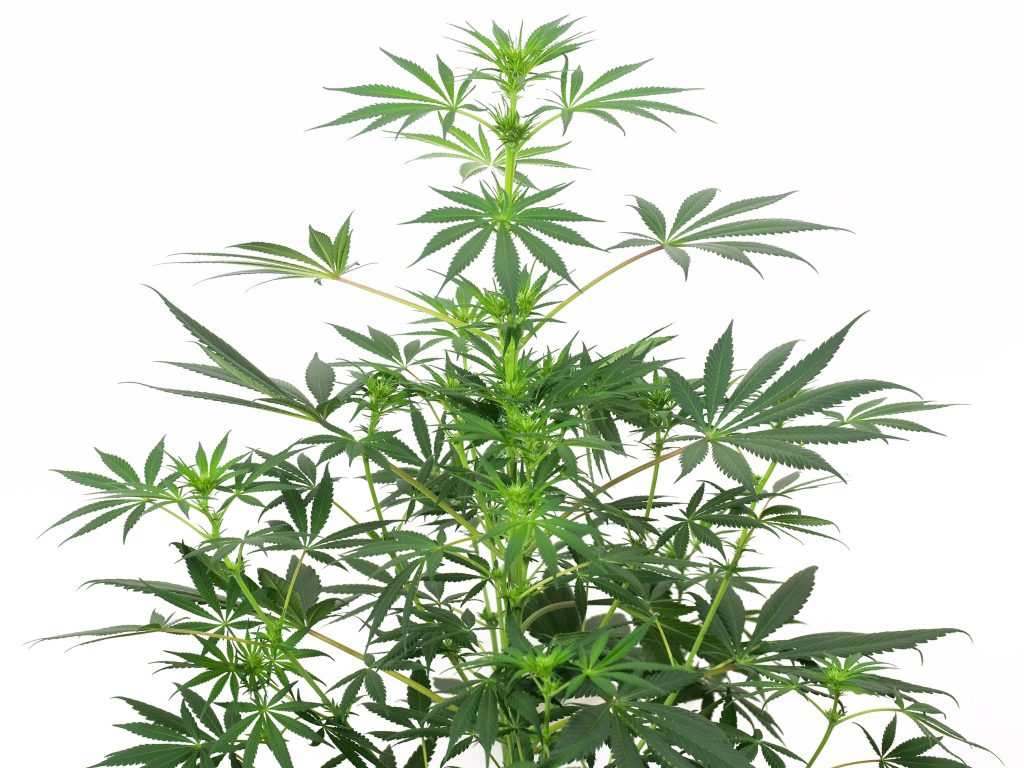

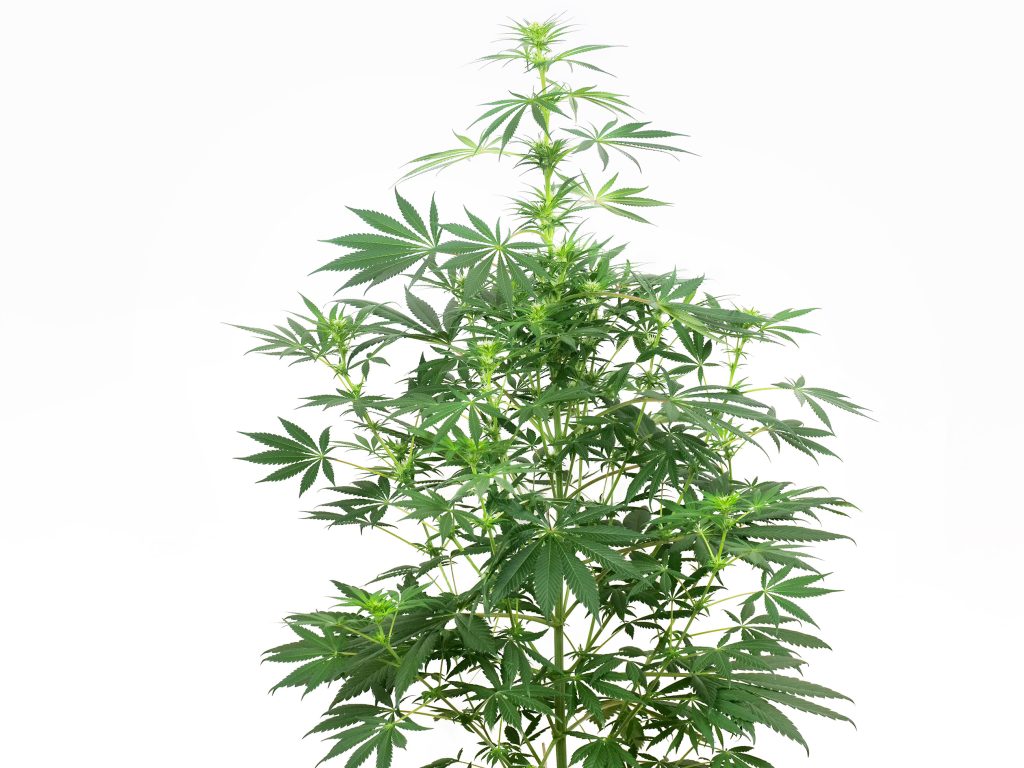
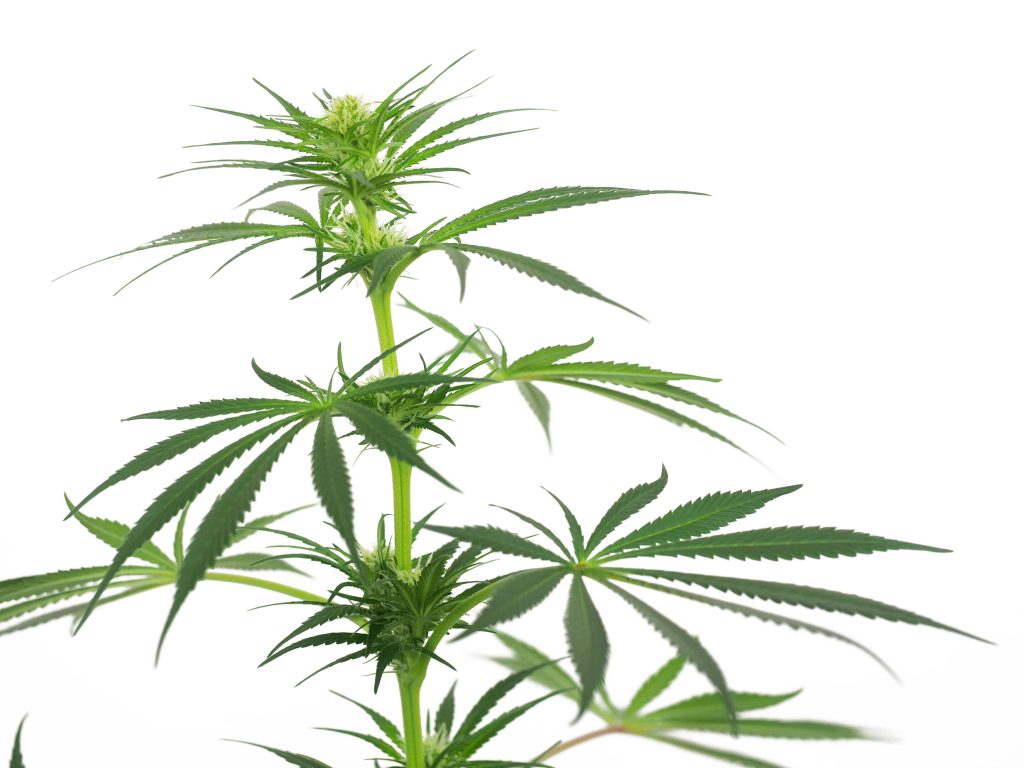
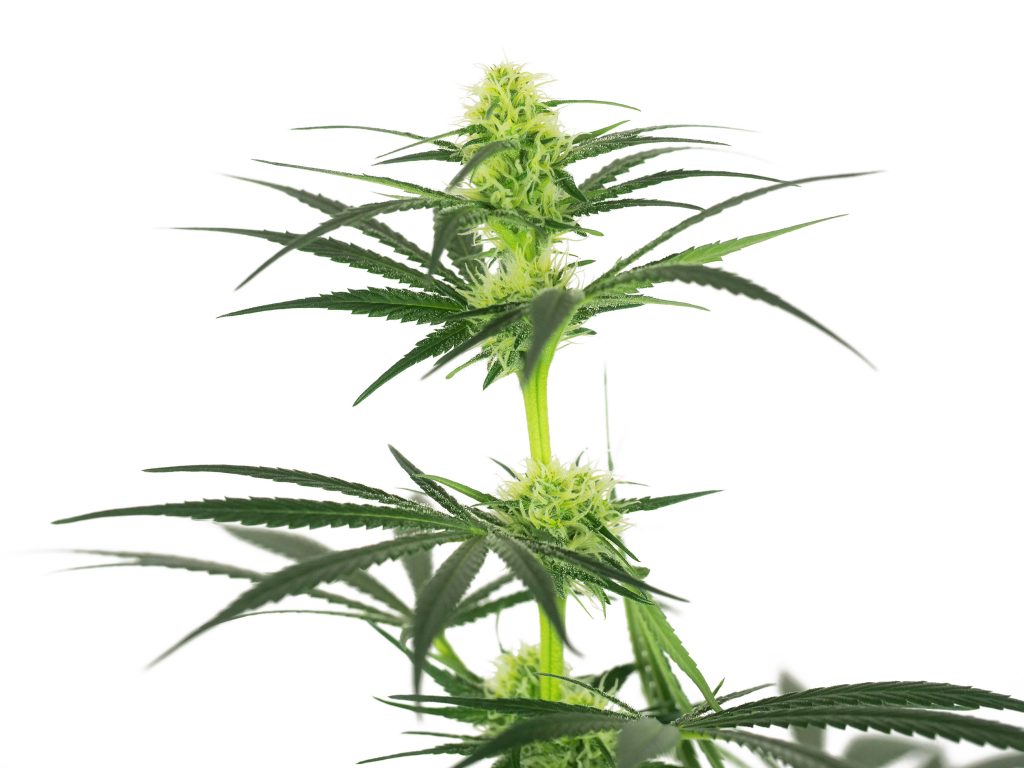
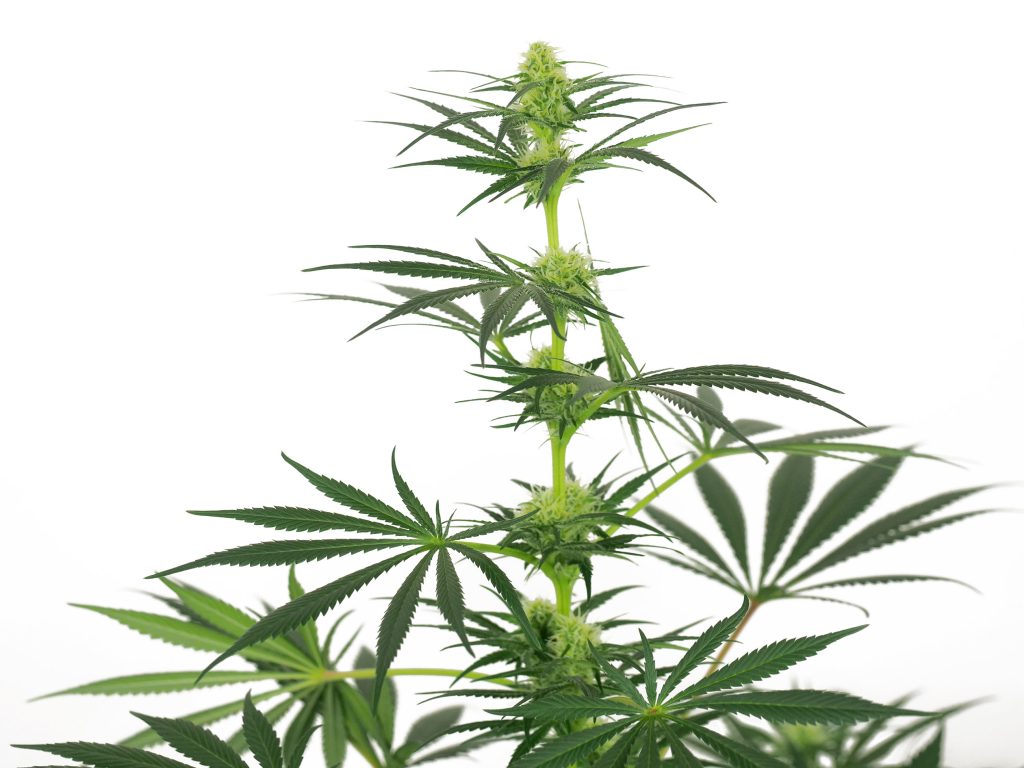
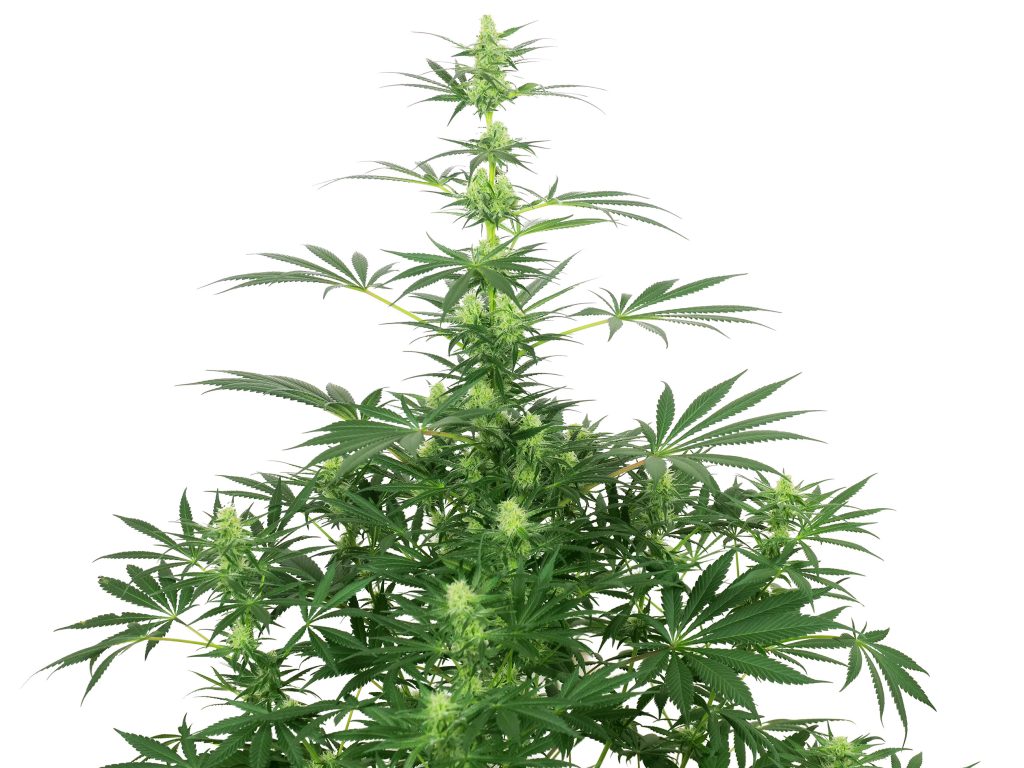
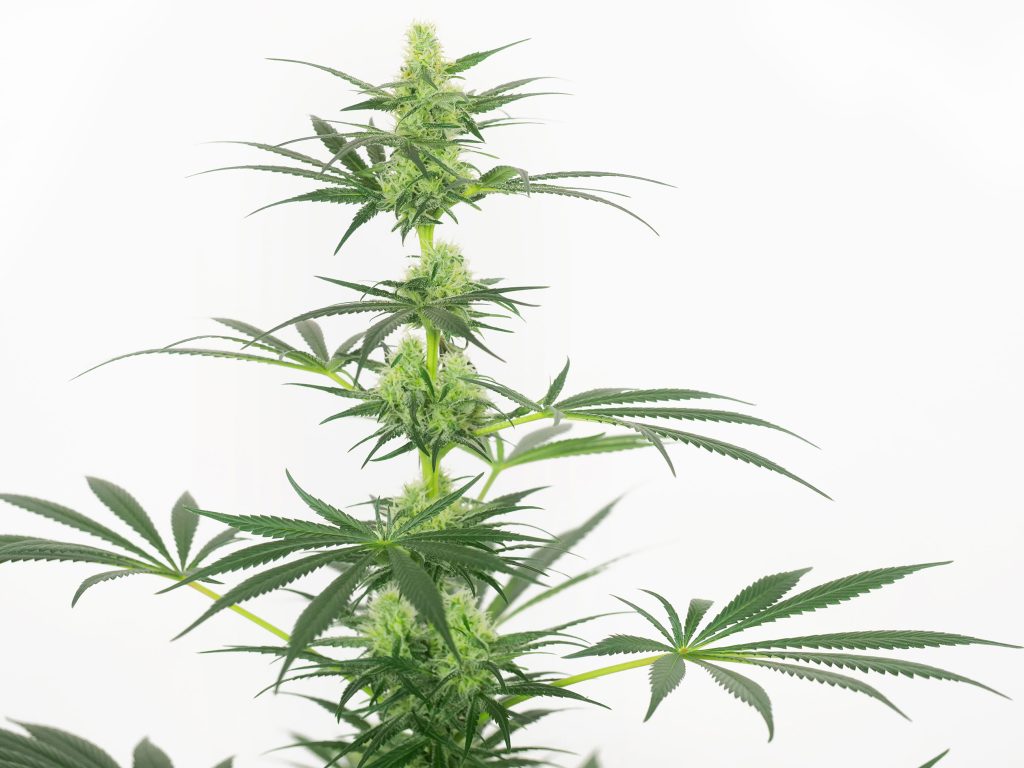

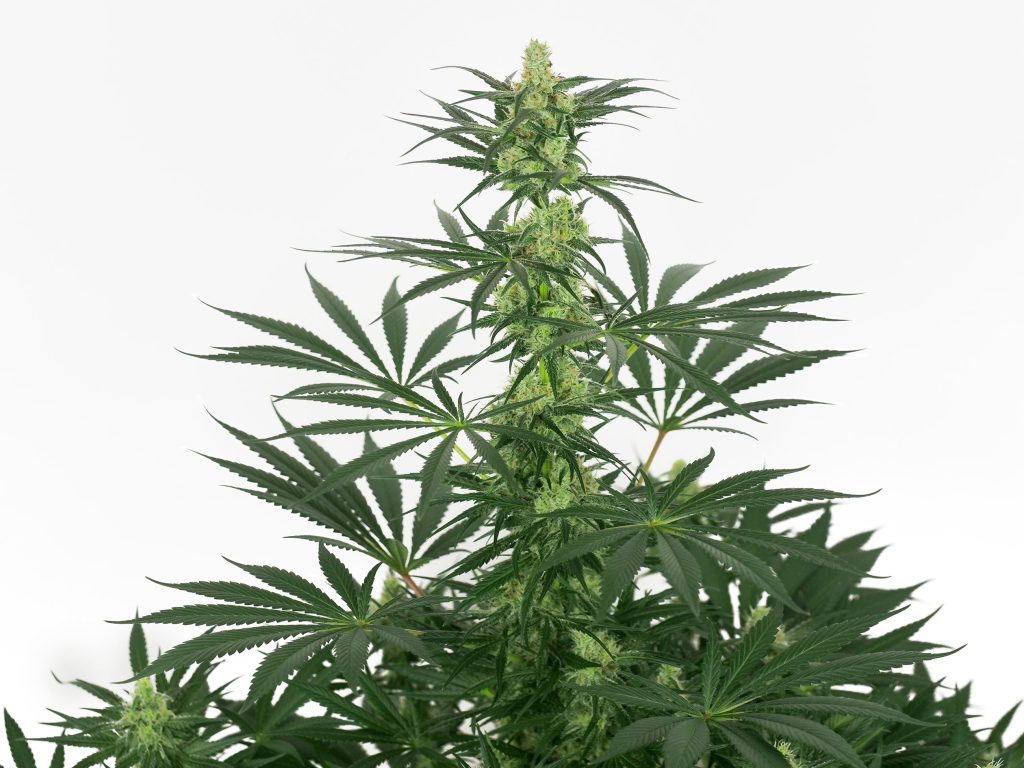
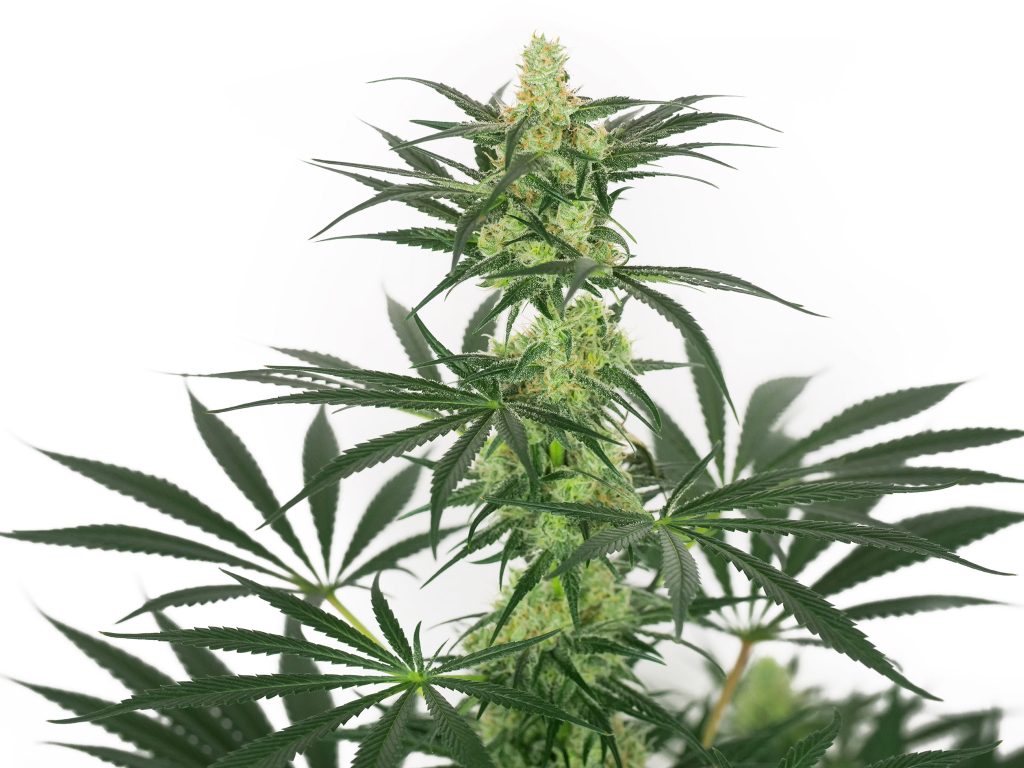
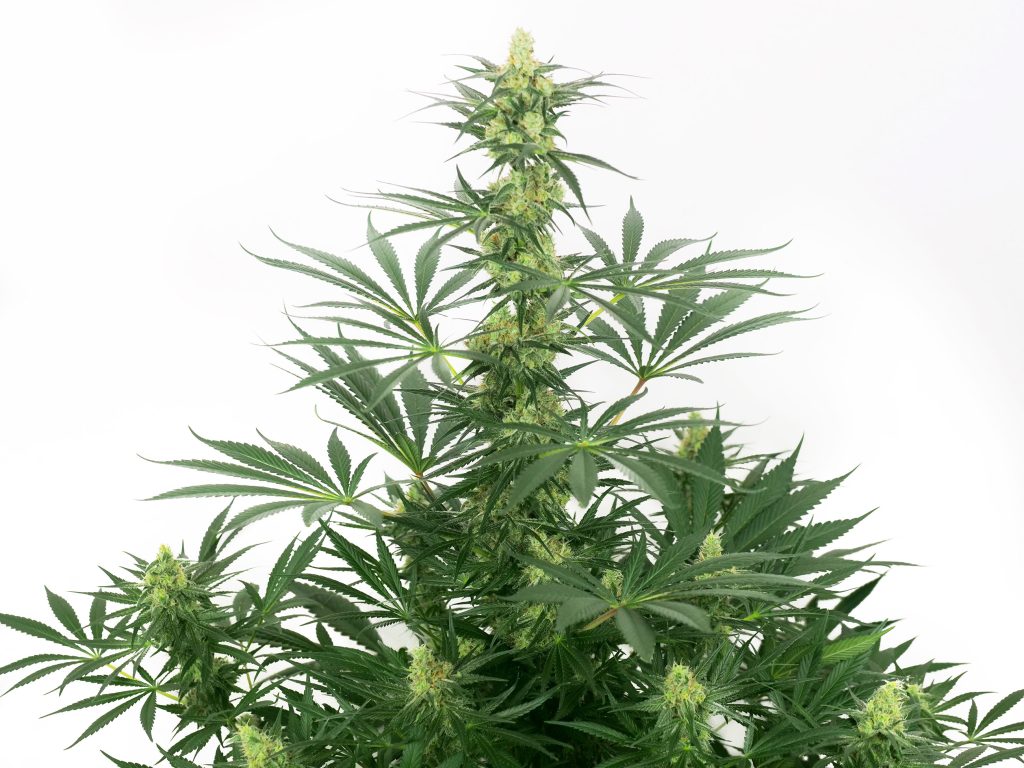
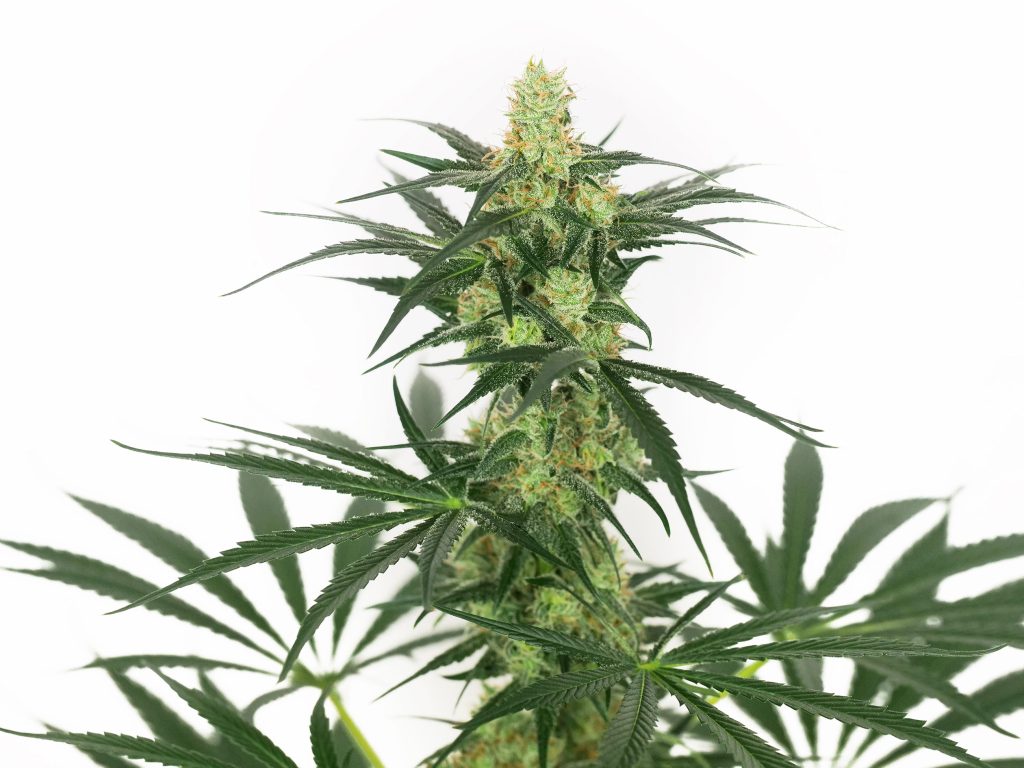

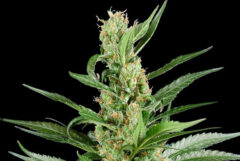
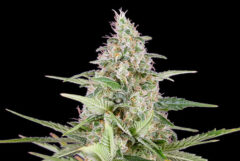

Tengo una jack here en mi balcon, pero no la llega el sol directo, se ve bien y esta creciendo normalmente, pero en que afecta realmente?